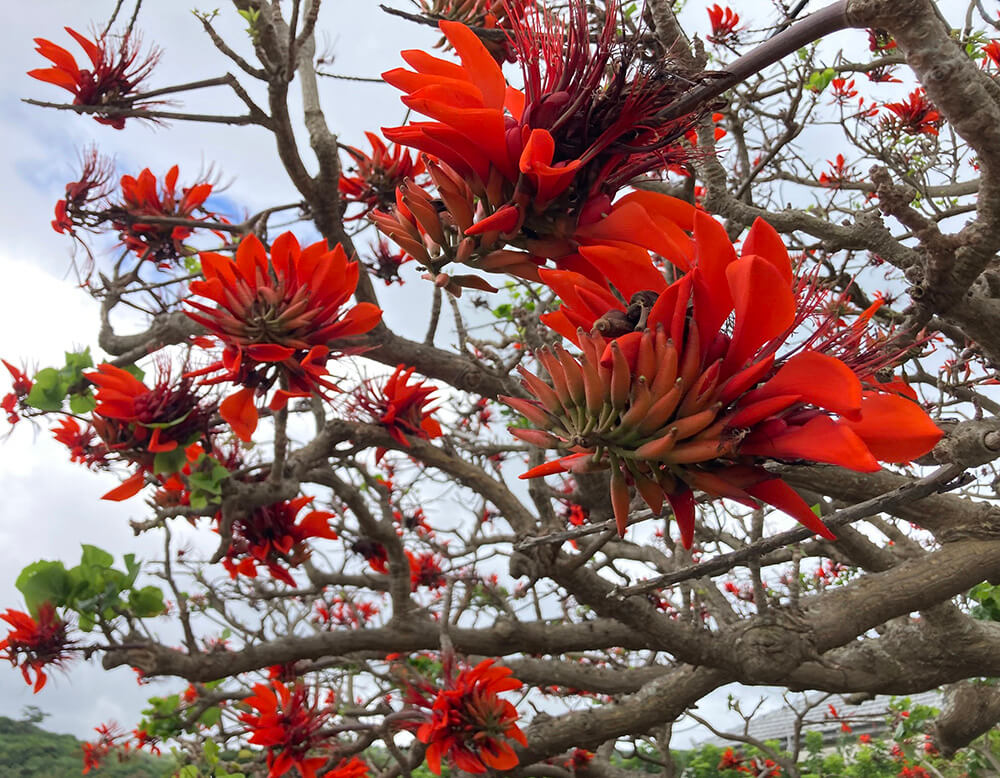- +033 2572 7171
- info@dhanvantary.com

4.5 Rating | 4500 Review

4.5 Rating | 4500 Review
Paribhadra is an herb that is recognized by its common name Indian Coral tree in English and is botanically known by Erythrina Variegata. This is a very common herb used by Ayurvedic Acharyas in ancient times as well as in today’s practice. This herb has various different names according to the place – like in Sanskrit this herb is well known by the word paribhadra, kantaki palash, rakta pushpa.

In Hindi it is known as Farhad, in Bengal Paltemadar, In Malayalam Pangara, in Gujarati Pararu, in Tamilnadu – kaliyaan. This herb is used for treating worm infestations, digestion-related disorders, liver metabolism, and imbalance in cholesterol levels. This plant is very common in India as it is widely found in all the states, its flowers are having various medicinal properties, and is known for their soothing properties. This plant blooms in the spring season and in the summer season fruits will grow.
Botanical Name
Erythrina Variegata.
Family
Fabaceae or Papilionaceae
Genus
Erythrina
Species
E. Variegata
It balances the Vata and Kapha dosha, due to its tikta and ushna gunna it will pacify the Kapha and Vata dosha.
The juice of the leaves can be taken in 5 to 10 ml.
